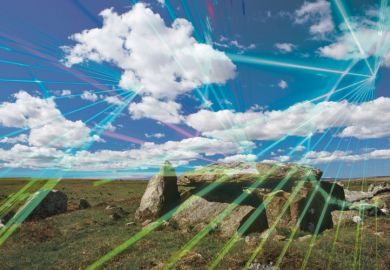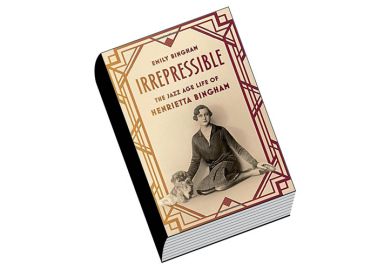At first glance, a transplanted Canadian jazz saxophonist and educator in rural Iowa might seem like an unusual candidate to be offering advice on the cultural value of jazz and the importance of music and arts in the classroom. After all, Canada and Iowa are both pretty distant from the perceived creative centres of “America’s Classical Music”.
But it is precisely that far-flung nature and distance that Unesco’s International Jazz Day (taking place today) celebrates: it “highlights jazz and its diplomatic role of uniting people in all corners of the globe” and draws our attention to the national and international diversity of the music.
It reminds us that jazz isn’t something that sprang fully formed from the mind of Jelly Roll Morton in 1917 or Louis Armstrong in 1926. It’s something that thousands of people from thousands of places have been building together over the course of the past 120 years, often as a democratising aesthetic force – as a way to practise individual and collective expressive freedom during historical moments and social circumstances when such freedoms have been severely constrained, as they were for Creoles such as Morton and African Americans such as Armstrong.
What’s more, in Unesco's central emphasis on celebrating jazz’s role in “promoting peace, dialogue among cultures, diversity, and respect for human rights and human dignity”, we are asked to remember that for all the attention we typically pay to great artists and great solos, jazz music is largely a collective endeavour, musically and socially. Louis Armstrong’s iconic solo on West End Blues from his Hot Five recording in 1928 wouldn’t have happened if his mentor Joe “King” Oliver hadn’t written the song, or if his then wife, Lil Harden, hadn’t persuaded a reluctant Louis to strike out on his own as a bandleader.
Likewise, John Coltrane’s celebrated improvisations in the early and mid-1960s didn’t stand alone; they wouldn’t work without the harmonic ambiguity of McCoy Tyner’s piano, the relentless groove of Jimmy Garrison’s bass, and the polyrhythmic vitality of Elvin Jones’ drums. As much as jazz demands individual mastery, it also hinges on collective empathy – on listening, on support, on responsiveness, on relationships.
Jazz educators are confronted with this challenge: that in order to teach jazz, teaching skills – such as harmony, scales, rhythmic patterns and intonation – is only part of the equation. The rest of the crucial work involves the much more difficult task (especially in a world of standardised tests and other mandated quantitative assessments) of cultivating a disposition.
The core aspects of that disposition sometimes get lost in the way we often teach and learn about jazz history, but they’re what really set the great improvisers (and more specifically, the great improvising collectives) apart: deep listening, an empathetic sense of when to step up and when to step back in order to make space for other voices in the collective, and a shared desire to make something beautiful together.
When we learn about all the time that John Coltrane spent practising, we mostly think about the hours and hours that he spent working out scales and chords. But make no mistake: especially when he was working with his bands, they were practising a disposition; they were working on listening and empathy in the process of co-creation.
The words of the Unesco mission statement aren’t empty or merely political. We are living in a moment when our elected leaders and their appointed deputies are telling us that education is best left to the private sector – to charter schools and other forms of private management – because they imagine that it is somehow not a social good, not something that contributes to the betterment of society and the world at large.
We’re hearing that the arts are a “nice to have” but not a “need to have”, and that entities such as the National Endowment for the Arts and its $150 million (£116.4 million) annual budget are too expensive, compared with the $54 billion in new funds supposedly needed for the military or the billions to be spent on a 1,300-mile wall across the Mexican border.
As an artist and an educator, I ask you not to believe any of it. Arts and music classrooms are not distant from the public good; they are the public good. When my students practise and play jazz music, they are working on the aspects of a disposition – listening, empathy, and the process of building something great and beautiful together – that will not only make them better musicians and improvisers, but will also make them better citizens.
Because as much as jazz is a musical practice, it is also a practice of empathy and love. And those are things that our democracy desperately needs right now.
Mark Laver is a saxophonist, ethnomusicologist and assistant professor of music at Grinnell College, Iowa.
Register to continue
Why register?
- Registration is free and only takes a moment
- Once registered, you can read 3 articles a month
- Sign up for our newsletter
Subscribe
Or subscribe for unlimited access to:
- Unlimited access to news, views, insights & reviews
- Digital editions
- Digital access to THE’s university and college rankings analysis
Already registered or a current subscriber? Login







